
An inclination towards invisibility Philosophical reflections on the jewellery works of Jiro Kamata
But is it even possible to become invisible? The physicists are skeptical. They insist that if the whole body could be made invisible by a magic potion, as in The Invisible Man by H. G. Wells, at least the eyes would still need to remain visible; otherwise the retina could not absorb the light at all. Consequently one would not be able to see anything for oneself. Perfect invisibility would therefore inherently entail the invisibility of the outside world. Is it not the ultimate goal of fashion to become invisibile? Indeed, a unique burden of our time is the constant exposure as a fashion object to scrutinizing eyes everywhere, often driving one to the paradoxical desire to disappear from any gaze altogether. The message echoes as if emanating from a house of prayer, from every street corner, every YouTube video, and without interruption: you must reveal your most intimate self; you must possess a unique self that is clearly defined for all to see! To flee this obsession of self-decoration, one may desire to be nothing at all – to lack any kind of outward appearance. One may prefer to withdraw from the playful intercourse of self-adornment – to become invisible, for a moment, or forever.
Jiro Kamata’s work cycle Ghost precisely conveys this narrative of the attempt to become invisible, but discovers a kind of invisibility that does not necessitate the disappearance of the world. The viewer achieves a higher degree of invisibility than merely hiding – by observing not their counterpart, but rather themself, in a mirror. The ultimate degree of invisibility, however, is achieved when the viewer does not observe themself, but rather their act of seeing – for example an object like “Ghost”. By distorting the field of vision, which is further amplified by two-eyed seeing, this work intensively demonstrates the fact that one is experiencing the act of seeing. What is seen remains completely unknowable, even unrecognisable. Seeing as such does not stop, and demands that we let go of everything we have actually seen. But since this is impossible, one emerges into an aesthetic vertigo.
This intense experience of pure seeing possesses a philosophical quality – a reflexive depth integral to all of Jiro Kamata’s works. One is confronted with the basic condition of all seeing, all perception, because here the background becomes the foreground. The philosophical gaze can be nothing else.
Philosophy has always been an approach to dealing with the phenomenon of astonishment. Momentopia, in which old camera lenses have been converted into jewellery, is itself astonishing. A camera lens acts not only as a testimony to the extraordinary technical developments of our industrial era, but is also the object that most resembles the human eye. The expectation here is utmost transparency – and thereby visibility. But what one encounters is an abyss. This reworking of the highest transparency into absolute invisibility, this astonishing darkening of that possessing the quality of light, gives us cause to worry – because there the illusory nature of everything visible is unveiled. And, of course, Nietzsche’s observation applies here, that “If you gaze long into an abyss, the abyss will gaze into you.” The price of invisibility is the disclosure of a deep abyss within oneself.
In all of Jiro Kamata’s works, in which dichroic filters or mirrors play a role, this perspectivistic moment of the phenomenon of knowledge is increasingly perceptible. The pure light is split and divided by being seen. Thus can our eye make things visible to us in an illusory way because it is based on partial blindness. In this context, blindness connotes the original condition of all seeing, in that it can only constitute visibilities through differences and prejudices, ignoring and suppression. This allows a person to be blind, for example, if they are in love. The gaze of a person in love has a peculiar beauty in it, because it only lets the beloved through while rejecting everything else –in other words it re-flects. The series BI can also be seen in this context. What the observer notices is the remnant of a blinding act of seeing; only here the remnant – the opposite color – is just as noticeable as the color seen.
This complex interplay between exclusion and inclusion, seeing and blindness raises the question: How do we want to see, and how do we want to be seen? What does it mean to remain unseen in the midst of the tyranny of the hyper-visibility of today’s world? The wonderful thing about these questions posed by the artist is that you can wear them on your body – because they are jewellery in a radical sense. In this performative moment, the question is transformed into a counter-question. It’s as if one would walk through a crowd with penetrating questions and break the complacent silence of the people, like the first philosopher from Athens. And haven’t art and philosophy always been born where a question turns into a counter-question in order to cover each other up and to stimulate new visions again and again?
The Night Sun A dual perspective on the work cycles 《Flare》 and 《Mother》
The desert
Jiro Kamata has often told that the series Flare is related to his almost mystical experience of light in the Atacama Desert. But for me, the impression was that this picture of the hot desert sun strangely blocked his access to the work. The golden light balls in Flare, in their almost transcendent visibility, were so distant from reality that a reference to earthly weather phenomena seemed impossible. The abstraction, which in Kamata’s work is always carried out through extreme aestheticization and the perfecting of form, allowed the concretely experienced to no longer enter into the materiality of the work. This explanation from the desert, however, made itself clear when I encountered his new series Mother. Only by depicting a deep darkness did it become clear what the mysterious light phenomena on marble actually intend to indicate. The multitude of suns in Flare, which keep the light strictly enclosed within themselves and do not let even the tiniest ray pass into the outside world, now read as a daring demarcation between day and night, son and mother – even world and flight from said world. Such an encounter occurs, of course, only in a desert.
A rather tactile idea
As in the interior of a pagan temple, marble traces the path of the sun god; the place of consecration is now filled with bright joy, materialized by the immovable eyes of Omniscience itself. It is almost as if one sees the priestly hands of the artist at work, who, inspired by the sun – nay, by the pure idea of the sun – draws the austere forms there. This pure idea has, as a decorative object, a paradoxical quality of the haptic – namely in the form of untouchability
The initial formal puzzle presented in the series Flare is a multitude of sun images. As if on the horizon of a fantastic planet, here we are eyed not only by one, but three, five or even eighteen suns. Does the idea not lose its purity in such a split? Indeed, in this variation a strange growth of clarity can be felt; for in constellations of three and five the lunar is subsumed first. In further exponentiations the stellar is subsumed into the original idea. Everything that gives light, everything empowered to tear the veils of the night, is completely captured in this abstractio luminum.
With this we can then encounter the work’s follow-up riddle – namely, why Kamata’s suns do not shine in the true sense of the word. In Flare Black even the background remains completely dark. Here the romantic topos of the “nocturnal enthusiasm” helps, the notion that light is something that can’t exist without a more original darkness. The inviolable Platonic idea thus points to something that forms the foundation for all that is visible – the night.
Night, who is mother
She shines with joy to see her children again – or is that the sadness of the long farewell that lends her this tearful, milky glow? Indeed, her image is marked by gloom, the shine concealed as the stars hide the night – and only apparently the darkness. Behind it, an unfathomable depth opens up, blinding us and taking us to where we all originated: prehistory. Upon closer inspection, however, it appears broken, fragmented, incomplete. Thus is its depth a fragile one. At the same time, however, it also acquiesces to itself, holding itself together with infinite effort. Whose mother is she, this strange half-mirror of the soul? Have we not known her since time immemorial, the closest relative of all?
The idea of the night as mother is an old one. Night has always been the colour of the gestating primordial power that gives life, but which also rules over death. We see a Christian variation of this idea, for example, in the figure of the black Madonna. From her dark centre she also gives birth to God and thus to the world of light, the sole pearl connoting our foreign homeland. Kamata’s Mother, whose mother-ofpearl imitates a bright night, also relates to this tradition of ideas. It is an artificial darkness that primarily captures the moment in which light emerges therefrom – the moment of its fleeting birth. This birth of light happens when the surface of darkness is split by differences to take shape in a Big Bang scenario.
But what does it mean to carry the mother on the breast that, in truth, carries us? What does it mean to adorn her with nicknames with which everyone associates her? Can she be our jewellery? These reversals of circumstances make more visible that which we do not deserve, and teach an attitude that strengthens us. Namely, that she is more than we can express; that we discover ourselves as that which is carried by it, all while wearing it – thus carrying it – ourselves.
"Sunrise in Atacama dessert" by Chile, 2013, © Jiro Kamata
Flare, 2016 © Jiro Kamata
Flare Black, 2017 © Jiro Kamata
Mother,2018 © Jiro Kamata
Ghost, 2016-17 © Jiro Kamata
Momentopia, 2008-10 © Jiro Kamata
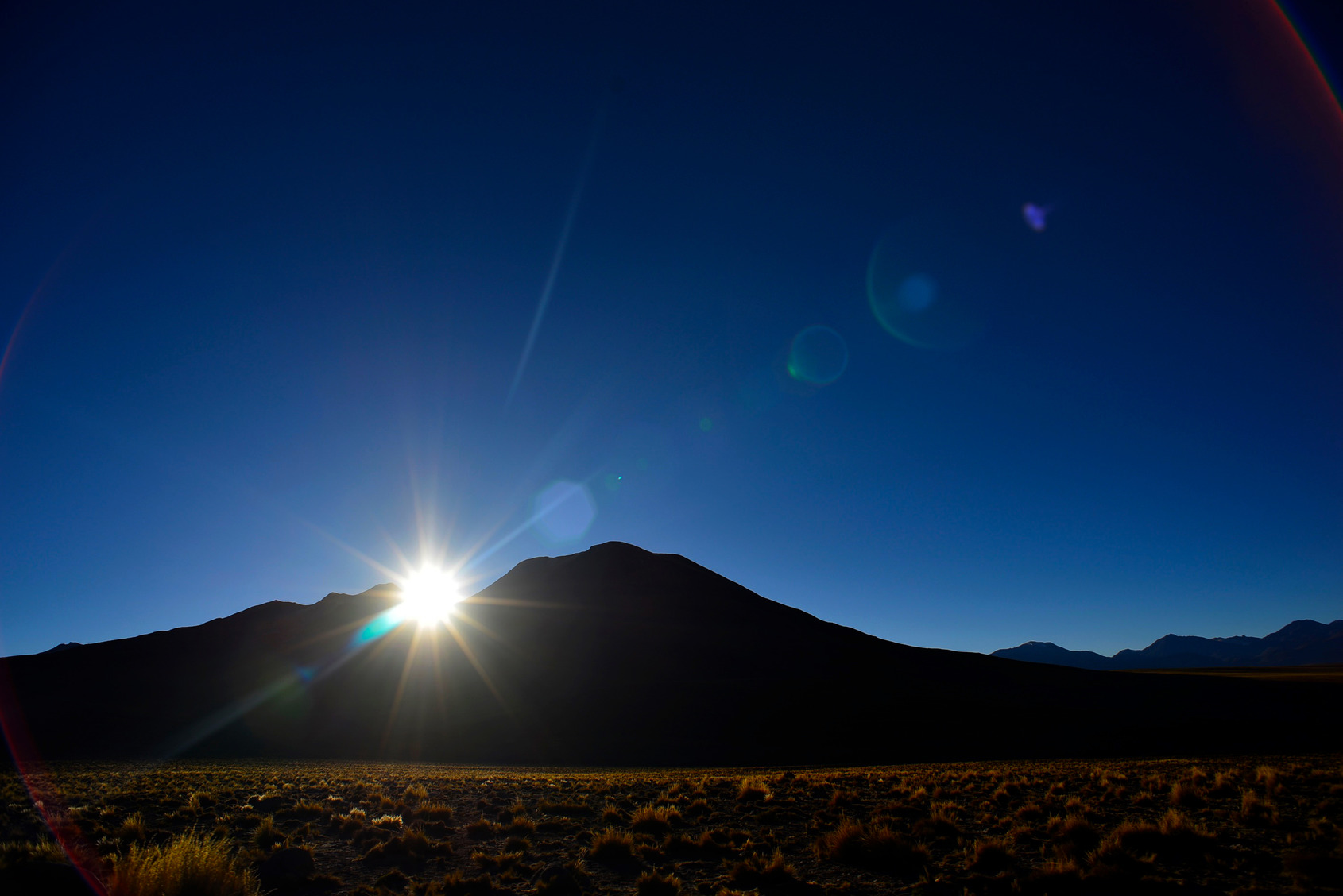
"Sunrise in Atacama dessert" by Chile, 2013, © Jiro Kamata
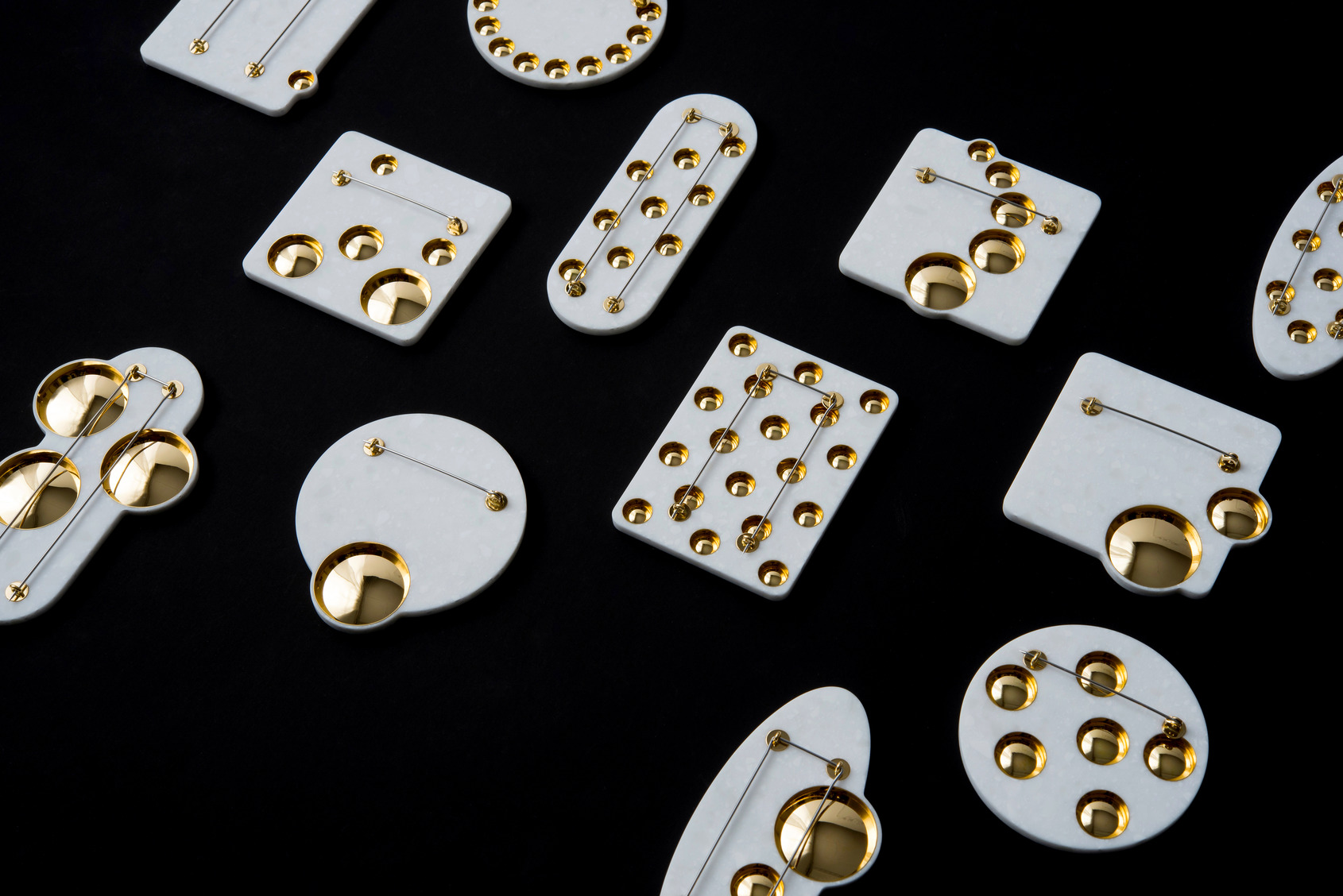
Flare, 2016 © Jiro Kamata

Flare Black, 2017 © Jiro Kamata
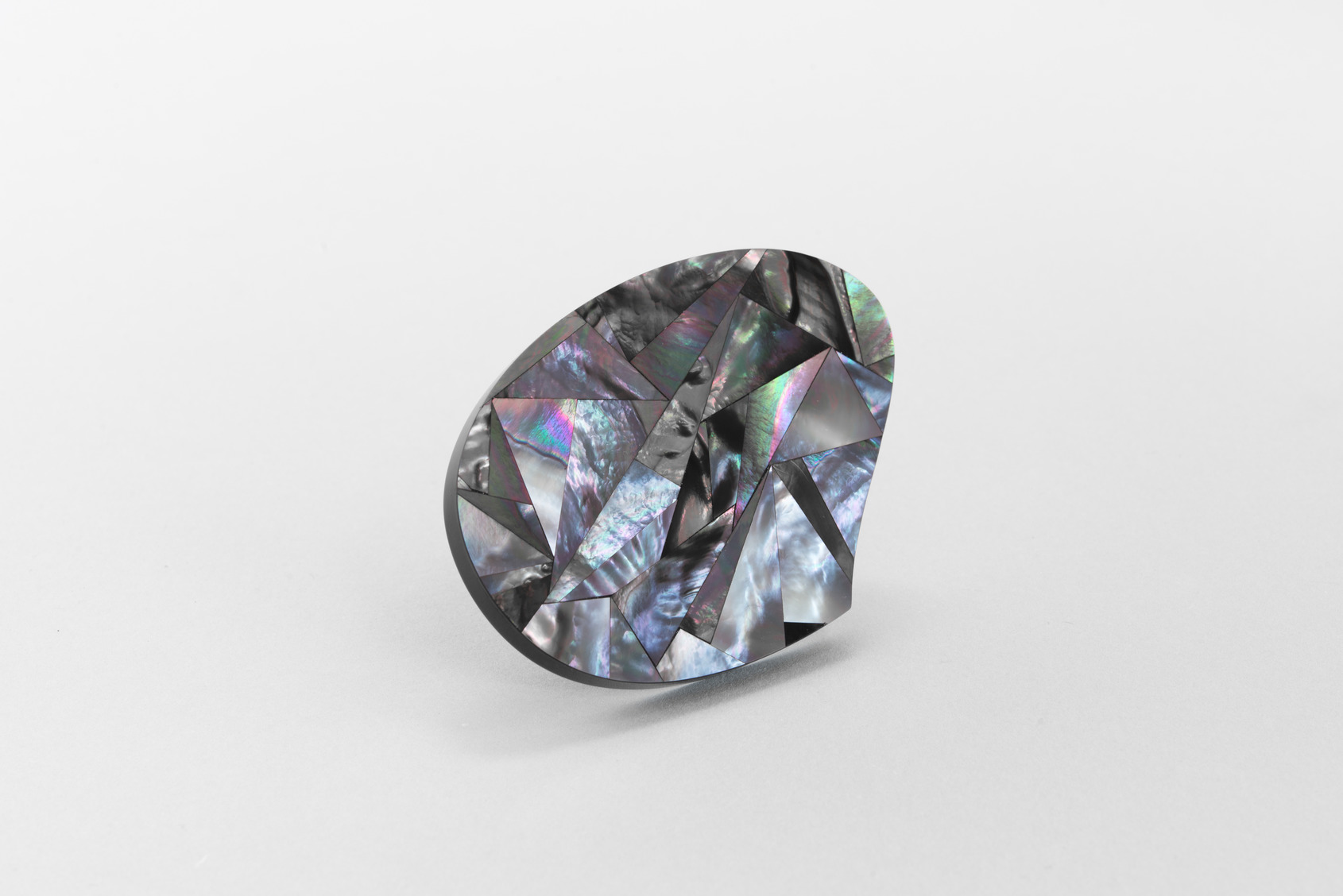
Mother,2018 © Jiro Kamata
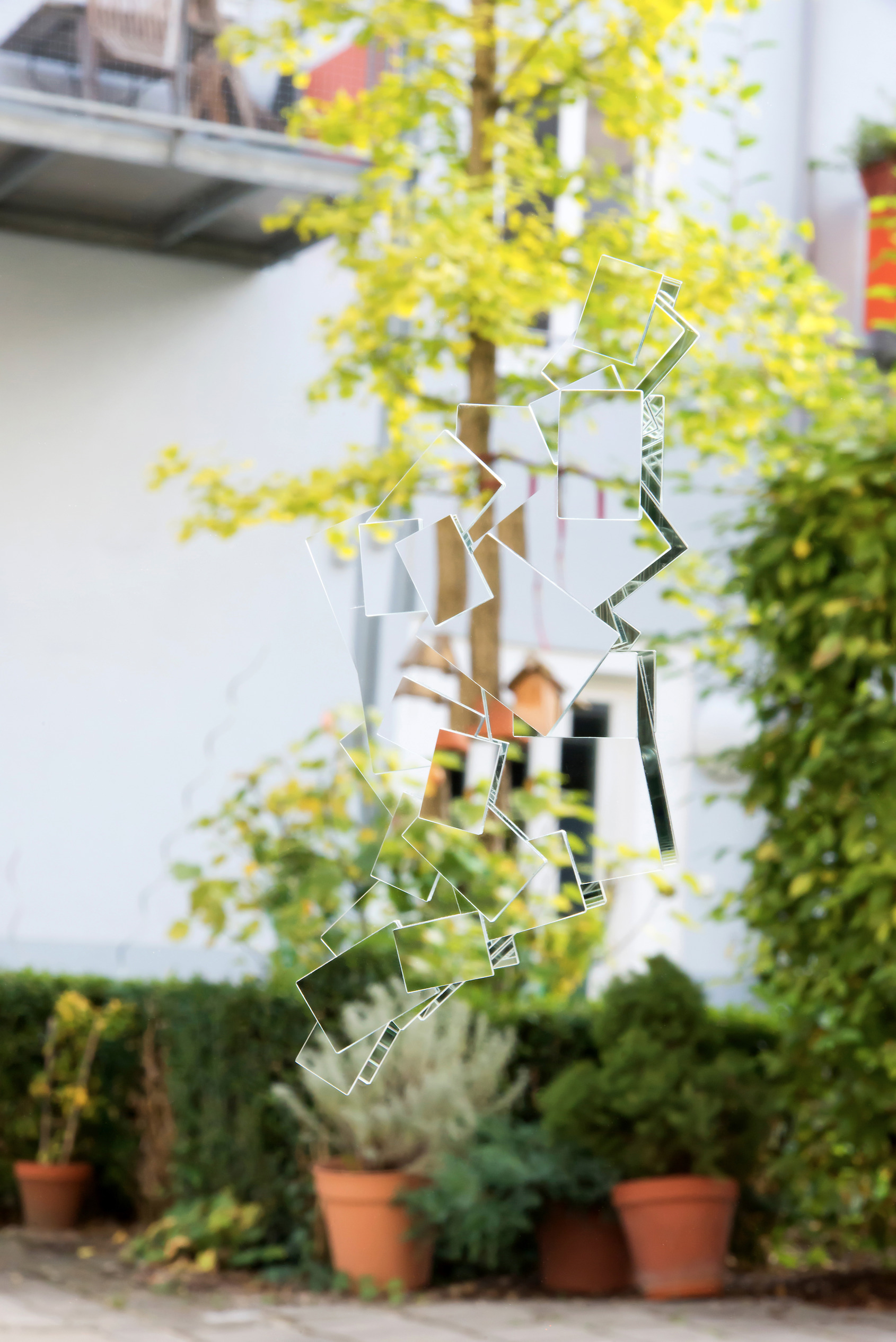
Ghost, 2016-17 © Jiro Kamata
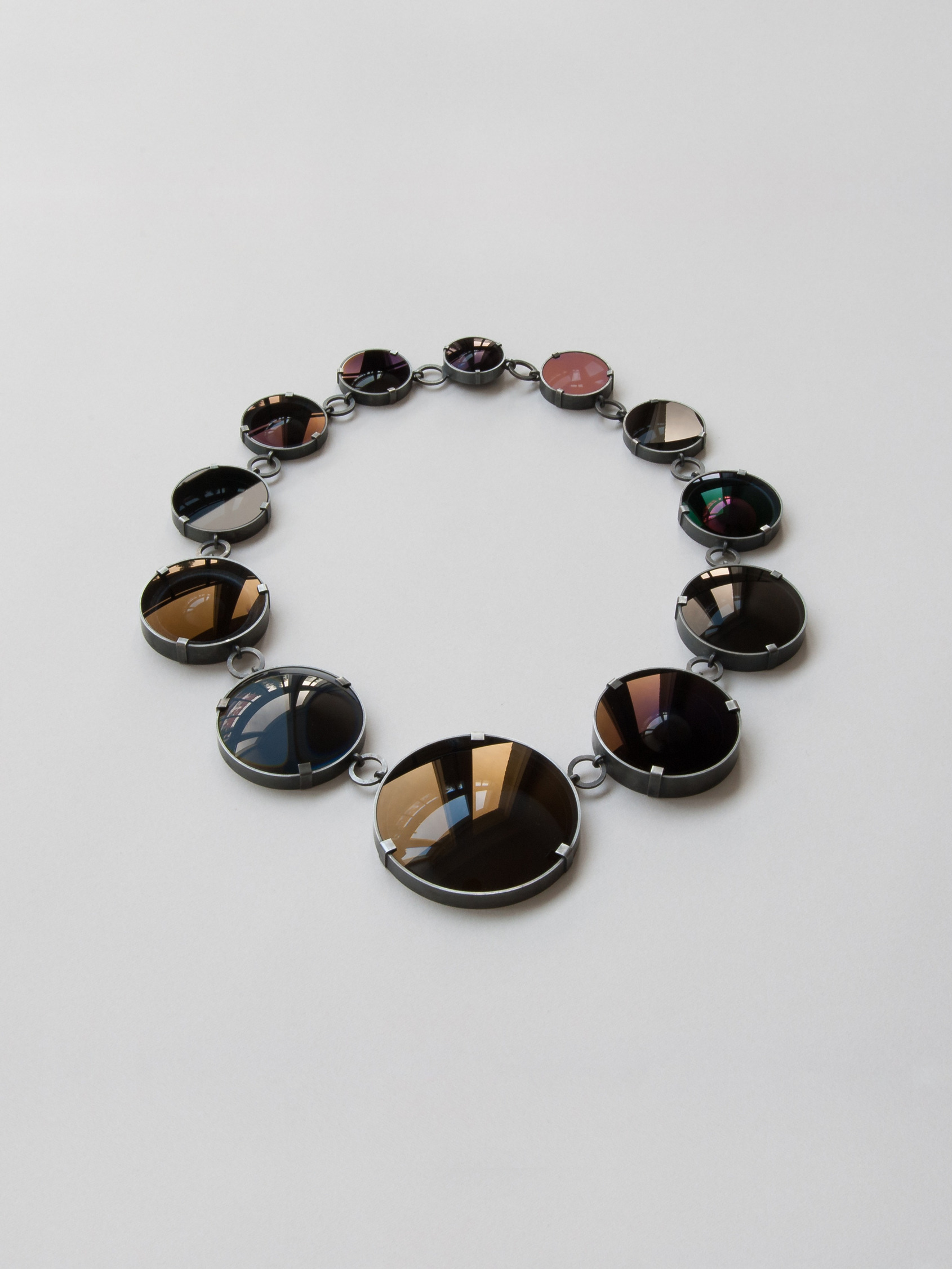
Momentopia, 2008-10 © Jiro Kamata